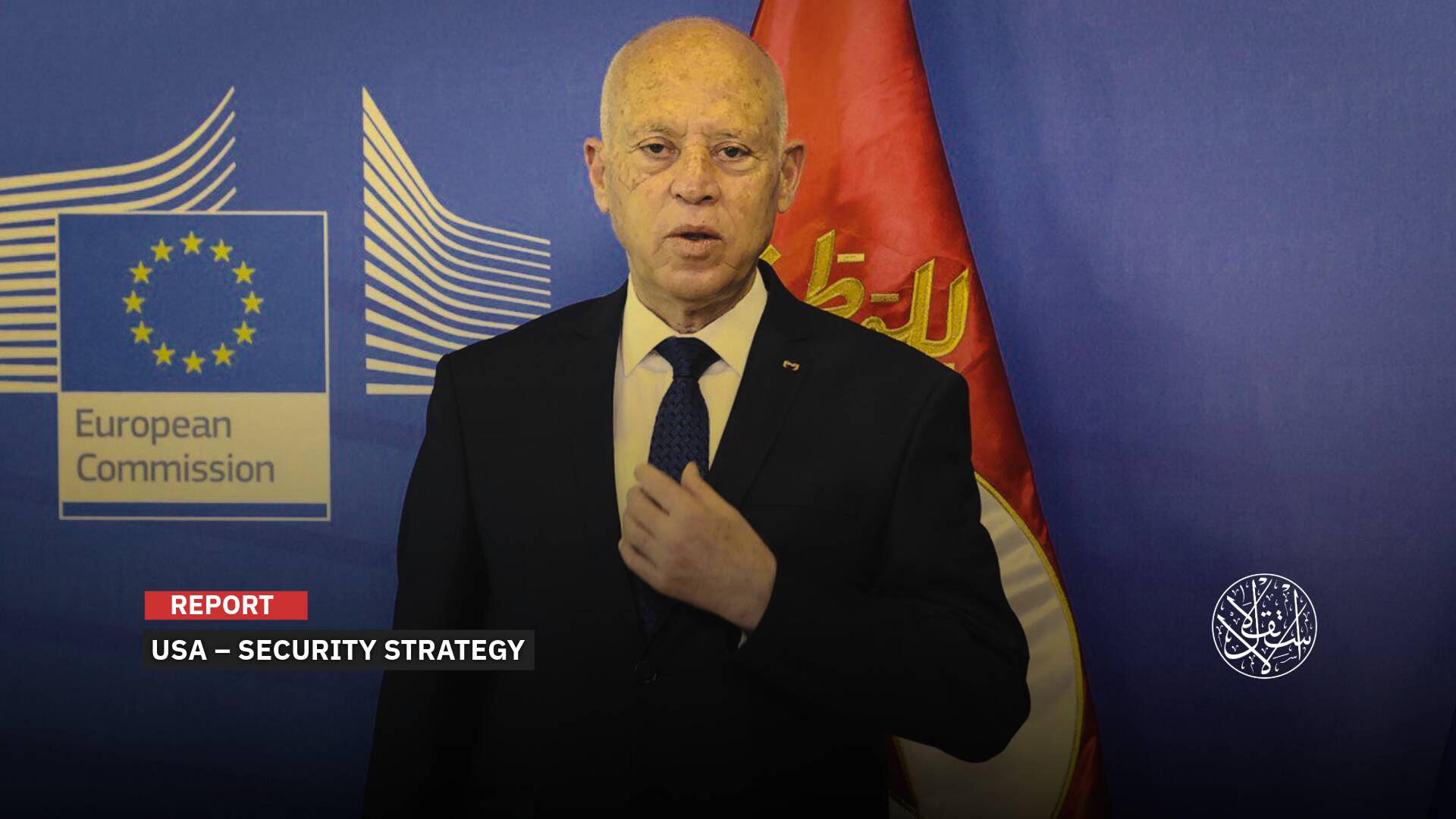Active Routes Despite Assad’s Fall: How Weapons Flow from Syria to Lebanon
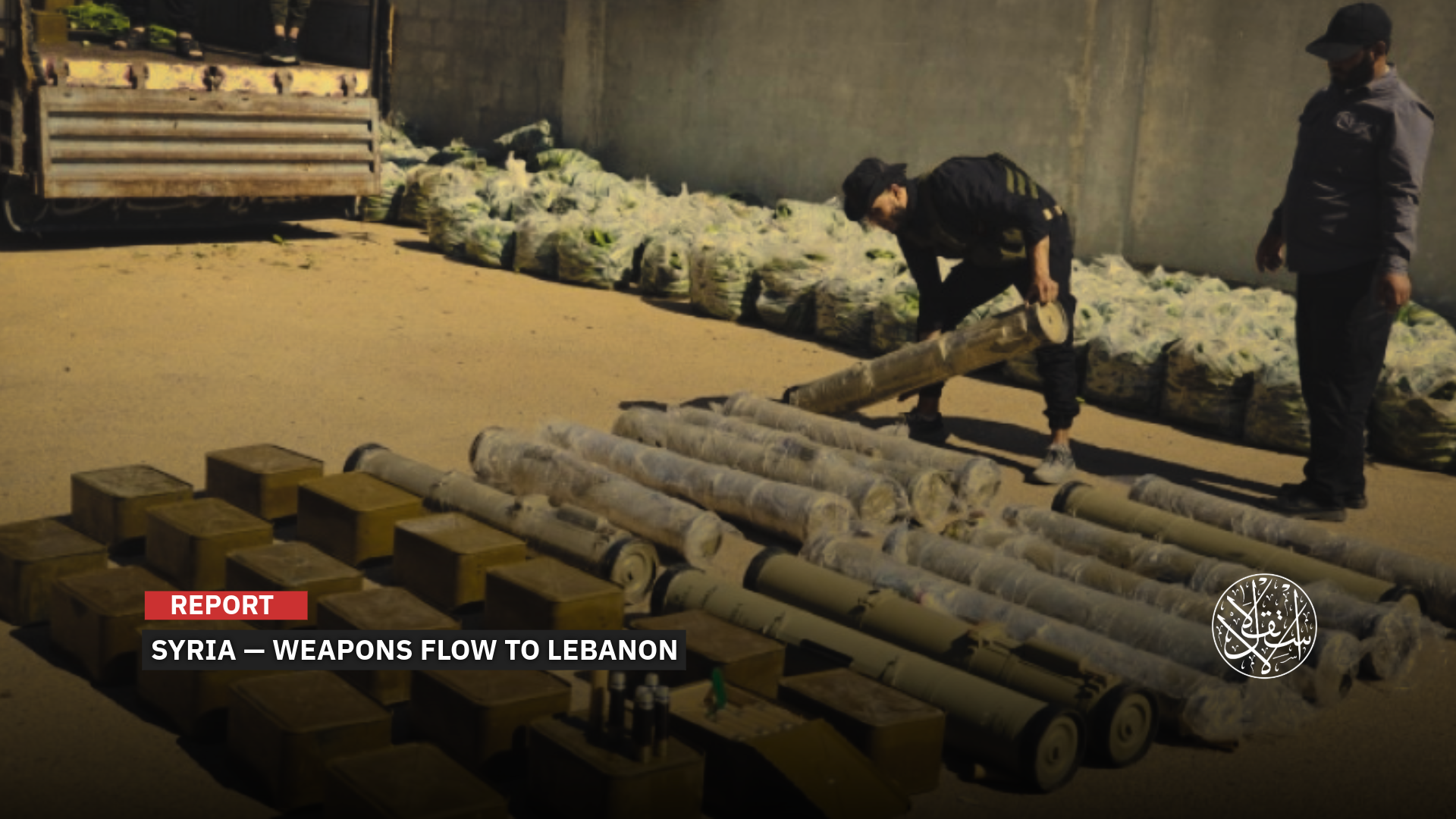
This gave rise to an active weapons trade carried out by traffickers and smugglers.
The new Syrian state continues to intensify efforts to cut all arms supply lines from Syria to Hezbollah in Lebanon and to shut them down completely, given their impact on the country’s stability.
Iran continues to use Syrian territory as a transit route for weapons to Hezbollah in Lebanon, employing covert methods to evade the scrutiny of the new Damascus authorities.
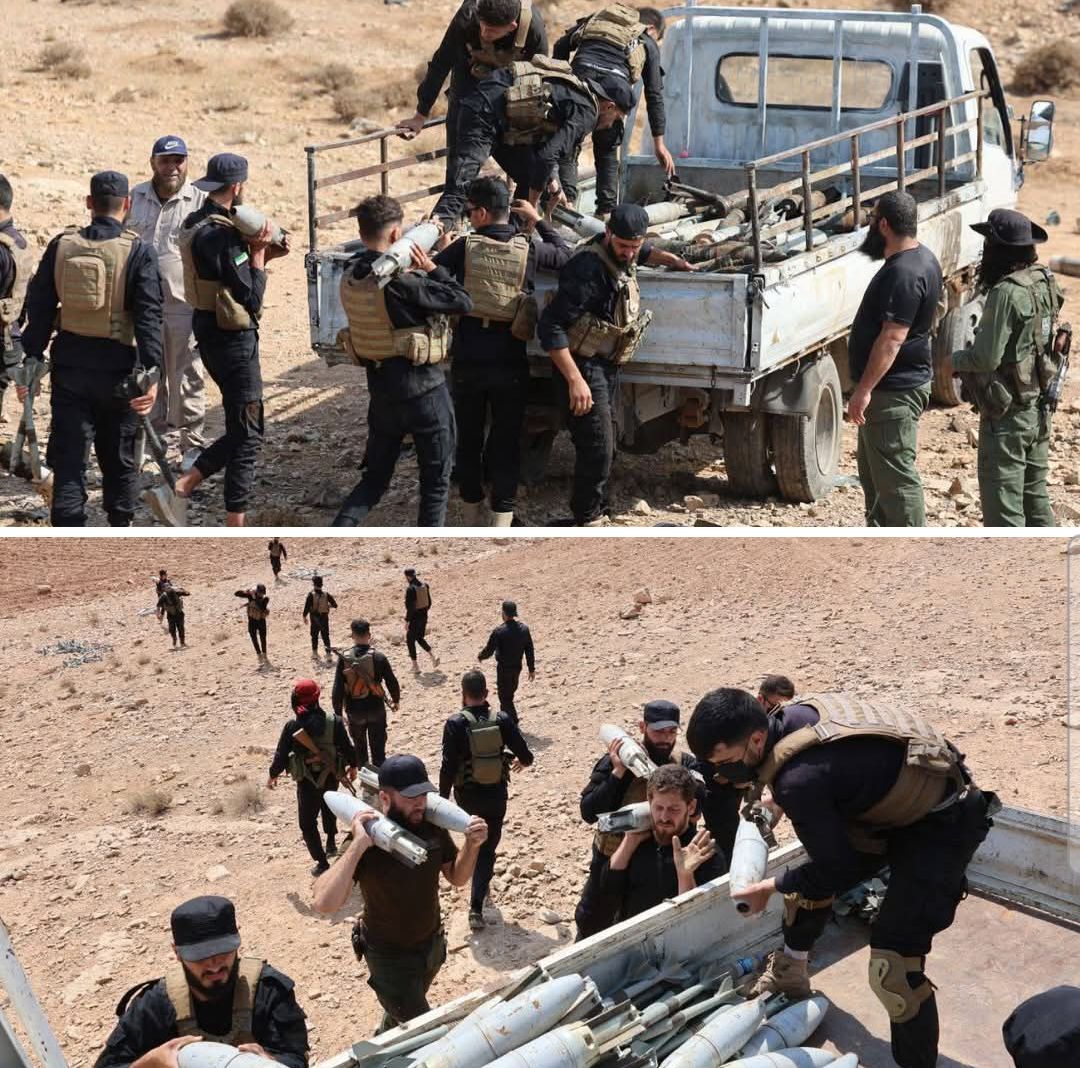
Arms Smuggling
There are clear indications of a large cache of weapons left behind by the Bashar al-Assad regime and its ally Iran in hidden or hard-to-reach locations.
This helps explain the repeated seizures by Syrian security forces of weapons and rockets being smuggled from Syria into neighboring Lebanon.
In the latest incident, the Internal Security Directorate in Homs announced on August 18, 2025, that it had intercepted a truck loaded with Grad rockets attempting to cross into Lebanese territory. The ambush was set up near the Syrian border following intelligence about an arms-smuggling attempt. Authorities said the truck was heading to Lebanon via an unofficial crossing in western rural Homs.
The security forces confiscated the rockets and launched an investigation to take the necessary legal measures against those involved. They did not disclose the number of arrests or the parties responsible for the smuggling.
Earlier, on June 24, 2025, the Internal Security Directorate in al-Qusayr, rural Homs, reported foiling another operation involving advanced weapons and guided missiles bound for Lebanon. A security official, speaking in a video released by Homs authorities, said the operation was orchestrated by a local group affiliated with Hezbollah, and that Syrian forces acted after receiving intelligence. The shipment included anti-tank guided missiles, missile launchers, and rocket warheads.
On June 5, 2025, the al-Qusayr Internal Security Directorate also intercepted a shipment containing Kornet guided missiles intended for Lebanon.
Weapons smuggling remains active in the border areas with Lebanon, particularly around al-Qusayr, where Hezbollah operated prior to the fall of the Assad regime on December 8, 2024. The Syrian-Lebanese border continues to be a hotspot for illegal smuggling operations that were overseen by the Assad regime before its collapse.
To secure this vulnerable frontier, the Syrian Border Security Directorate launched a campaign on February 6, 2025, targeting those involved in smuggling weapons and contraband across the Lebanese border. The operation led to heavy clashes between Syrian border forces and smugglers, resulting in casualties on both sides, before Damascus regained control of key points.
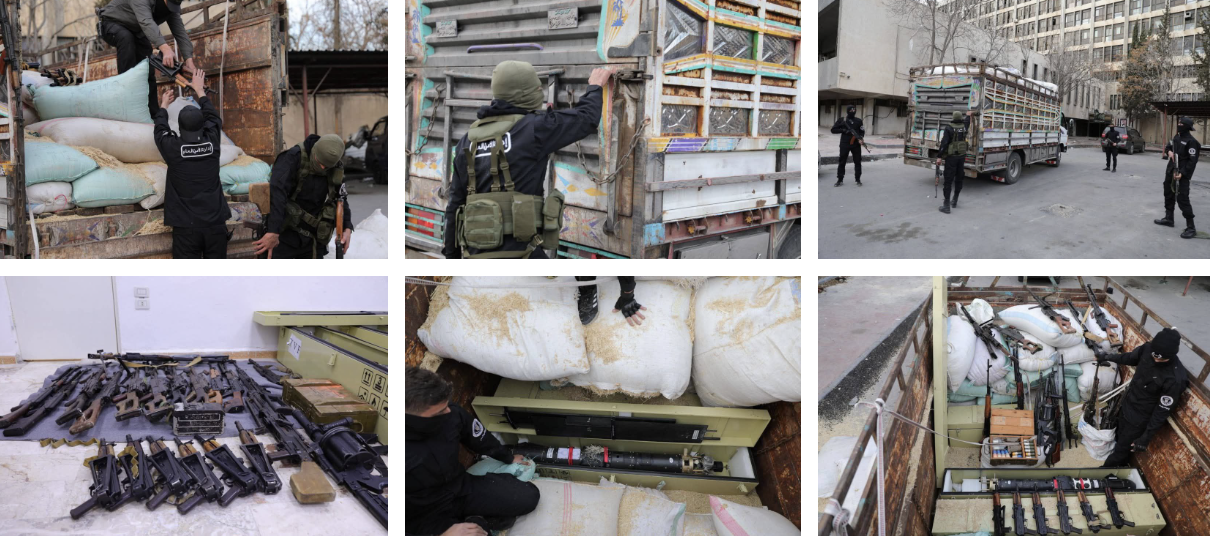
Actors at Play
Lebanon and Syria share a 375-kilometer border, much of it undefined, particularly in the northeast, making the frontier easily penetrable by smugglers, poachers, and even refugees.
Hezbollah maintains its own illicit crossings between the two countries, which it used prior to the fall of the Assad regime to transport weapons and fighters.
Notably, after Assad’s collapse, local militias loyal to Iran and the former regime retained large stockpiles of arms and ammunition.
This gave rise to an active weapons trade carried out by traffickers and smugglers, prompting the new Syrian state to launch a broader strategy to reassert the rule of law and eliminate the threat posed by cross-border smuggling to Syria and neighboring countries.
In July 2025, the security forces in al-Mayadin, eastern Deir ez-Zor, seized a shipment of Grad rockets held by local arms dealers.
On February 19, 2025, the Syrian General Security also announced the arrest of weapons smugglers in the Qalamoun region near the Lebanese border who were involved with Hezbollah. Authorities released photos showing the suspects during their attempt to smuggle weapons into Lebanon.
“There is an active smuggling route from Homs and other areas of rural Damascus into Lebanon, and this exists for multiple reasons,” military and strategic analyst Colonel Ahmad Hamadeh told Al-Estiklal.
“The first factor is Iran’s determination to supply Hezbollah with weapons and ammunition, using the large stockpiles left behind in Syria by Iran and its militias.”
Hamadeh added that some of the arms trade involves weapons stolen from Syrian army barracks and depots after Assad’s fall.
“The most significant factor is the presence of organized and active smuggling networks on both sides of the border, which carry out the bulk of arms trafficking from Syria to Lebanon,” he said.
“These groups receive financial incentives to complete smuggling operations from inside Syria to the border, particularly as Hezbollah has relied on undisclosed and clandestine crossings since 2012.”
“The interruption of supply routes from Iran to Lebanon through Syria has kept smuggling operations active and continuous, forcing the new Syrian state to intensify efforts to close the routes and pursue smugglers,” according to the analyst.
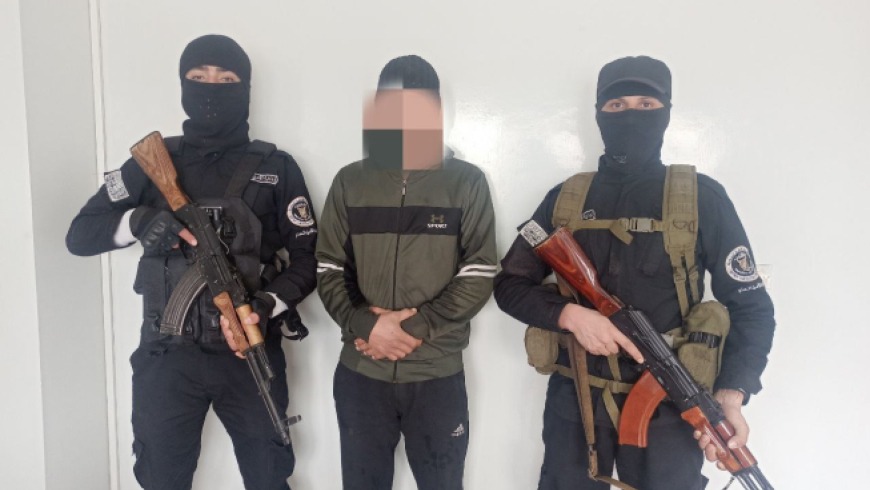
Local Threat
Smuggling networks use a variety of methods to transport weapons and ammunition, including trucks loaded with vegetables or other food products.
Press reports indicate that Hezbollah had stored advanced munitions in Syria during its control of border areas and is now attempting to move them to Lebanon through illicit crossings.
This reflects Hezbollah’s weakened capacity after Assad’s fall to use Syria as a logistical base for storing and transporting weapons to confront the Israeli Occupation.
Israeli forces have intensified strikes on Syrian territories in recent years, claiming to target efforts to smuggle weapons to Hezbollah in Lebanon.
Syrian Colonel Ziad Haj Obeid told Al-Estiklal that Iran and its allied former militias continue to use unconventional smuggling operations to deliver weapons to Lebanon, offering financial incentives to commercial vehicle owners to transport arms to border points as an initial stage.
“The Damascus government believes a large portion of weapons caches controlled by Iran and Assad-affiliated militias are currently being used in offensive operations against Syrian security and military forces, posing a direct threat to local communities,” he said.
“Many Iranian militias, some holding Syrian nationality, have turned into clandestine arms dealers, moving heavy weapons to unknown locations beyond state oversight.”
“These groups may be hiding in areas outside current government control, such as territories held by the Syrian Democratic Forces in the northeast,” Obeid added.
The Syrian coast, still a stronghold for officers and members of the former Assad regime, remains a “rear base for organized networks” that continue to plan operations to undermine the new Syrian state’s stabilization efforts.
On March 6, 2025, remnants of Assad’s forces attempted to isolate the Syrian coast and threaten the political transition, attacking patrols of the new state’s security forces in Tartus and Latakia along the Mediterranean.
Alongside external funding for Assad loyalists, this renewed activity indicates continued supply routes from Hezbollah through neighboring Lebanon, as confirmed by a Syrian investigative committee report on July 22, 2025, concerning events on the coast.
Recently, Syrian security forces captured military leaders loyal to the former Assad regime who were reportedly coordinating cells targeting security and military sites to destabilize Latakia, the Assad family stronghold.
Two members of Syrian internal security were killed on August 18, 2025, in Tartus province after being shot by unknown assailants near a city garage, highlighting the ongoing security threat posed by remnants of the former regime.
Sources
- Grad Rockets Seized in Homs Ahead of Smuggling to Lebanon [Arabic]
- Internal Security Foils Missile and Arms Smuggling Operation in al-Qusayr, Homs Countryside [Arabic]
- Grad Missile Shipment Seized from Arms Dealers in Eastern Deir Ez-zor [Arabic]
- Weapons Shipment Seized in Talkalakh Before Being Smuggled to Lebanon [Arabic]
- Major Crackdown on Assad Loyalists in Khan Sheikhoun Uncovers Weapons in Eastern Homs [Arabic]










